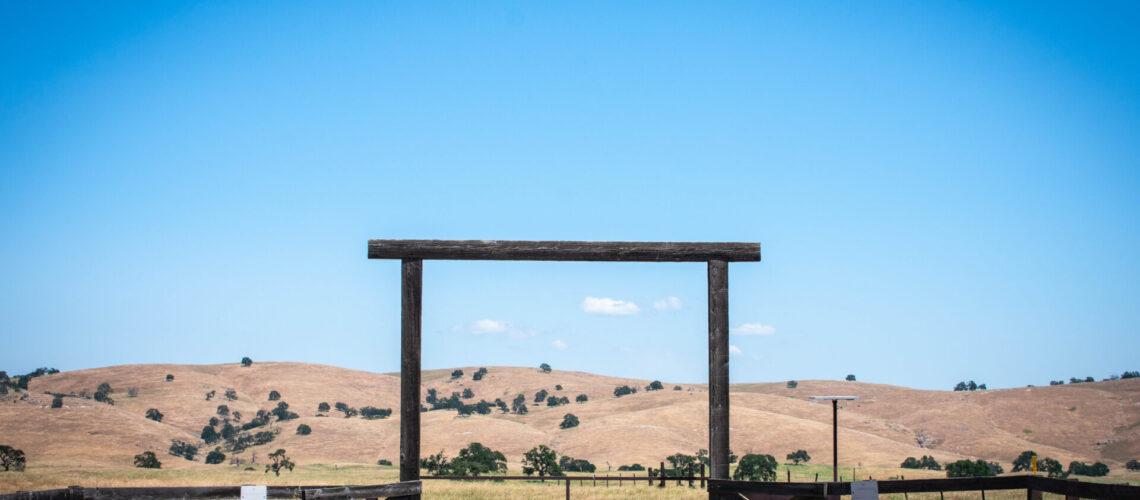Texas real estate is booming, and developers like Jesus Juraidini are playing a key role in shaping the future of residential communities. As a real estate developer and investor based in Brownsville, Texas, Juraidini has built multiple housing projects, including single-family neighborhoods, townhomes, and apartment complexes. In this exclusive Q&A, he shares insights on the real estate market, the challenges of large-scale development, and what it takes to build lasting communities in Texas.
What attracted you to real estate development in Texas?
Texas has always been a great place for real estate. The population is growing, and there’s a strong demand for quality housing. Brownsville, in particular, has a lot of potential for new development. I saw an opportunity to create neighborhoods that offer both affordability and long-term value. The state’s business-friendly environment and steady economy also make it a great place to invest.
You’ve worked on a range of projects, from single-family homes to apartment complexes. What do you consider your most significant project so far?
My biggest project is the 400-lot residential development I’m currently working on. It’s the largest community I’ve developed, and it’s exciting because it’s not just about building houses—it’s about creating a full neighborhood. The first phase is complete, and we’re starting to sell lots. I’m also keeping 40 lots to build homes myself, ensuring that part of the community reflects my personal vision for quality housing.
What makes Texas an attractive market for real estate investors and homebuyers?
Texas has strong economic fundamentals—job growth, affordability, and space to expand. Unlike other states where housing costs have skyrocketed, Texas still has areas where you can build quality homes at reasonable prices. The demand is steady, and people are looking for well-designed communities. Brownsville, in particular, is growing, and I think it’s a great time to invest here.
What challenges have you faced as a developer, and how have you overcome them?
Real estate development is never easy. One of the biggest challenges is construction delays—whether it’s weather, labor shortages, or material costs going up unexpectedly. The key is to plan ahead and be adaptable. We’ve had to shift timelines, find new suppliers, and sometimes change designs to make sure projects stay on track.
Another challenge is understanding what buyers want. Some people are looking for affordable starter homes, while others want modern townhomes with high-end finishes. I try to stay connected to market trends and listen to what people in the community need.
How do you approach designing and building new communities?
Every project starts with a question: What does this area need? For my 72-lot single-family home project, I focused on affordability because families were looking for well-built homes that didn’t break the bank. For my townhome development, I knew renters wanted something stylish but also practical.
I also think about long-term livability. It’s not just about putting up houses—it’s about designing a neighborhood that people want to stay in. That means good layouts, quality materials, and creating a sense of community.
What advice do you have for people looking to invest in Texas real estate?
Do your research. Texas is a big state, and different regions have different opportunities. Some areas are great for rental properties, while others are better for long-term homeownership.
If you’re looking to buy, pay attention to job growth in the area. Cities with strong employment opportunities will have a steady demand for housing. If you’re investing in rental properties, focus on areas with universities, hospitals, or large employers—places where people will always need housing.
How do you balance the financial and creative aspects of real estate development?
It’s a balance between budgeting smartly and not cutting corners. If you only focus on costs, you might end up with a product that feels cheap and doesn’t hold value over time. On the other hand, if you spend too much, you can price yourself out of the market.
I try to find that middle ground—homes that are well-built, look great, and are still affordable for buyers. It’s about understanding what adds value and what’s just extra.
What trends do you see shaping the Texas real estate market in the next five years?
A few things are happening. First, affordable housing is going to be a bigger priority. Prices are rising, and more people are looking for entry-level homes. Second, sustainability and energy efficiency are becoming more important. Buyers want homes that help them save on energy costs. Lastly, I think we’ll see more interest in smaller cities like Brownsville as people move away from expensive urban areas.
Outside of real estate, what are your interests?
I love offshore fishing. It teaches patience, and sometimes in real estate, you need a lot of patience. I also enjoy traveling because it gives me ideas about different ways to design and build homes. But at the end of the day, I enjoy spending time with my family. They’re my motivation for everything I do.
What legacy do you hope to leave in the real estate industry?
I want to be known as someone who built communities that last. It’s not just about making a profit—it’s about creating places where families can put down roots, where people are proud to live. If my projects can help make Brownsville and other parts of Texas better places to live, then I’ve done my job.
Final Thoughts
As Texas continues to grow, developers like Jesus Juraidini are shaping the future of housing. His focus on quality, community-building, and affordability reflects the evolving needs of homebuyers and investors. Whether it’s single-family homes, townhomes, or large-scale residential developments, Juraidini’s work is leaving a lasting mark on the Texas real estate landscape.

